 Image 1 of 41
Image 1 of 41

 Image 2 of 41
Image 2 of 41

 Image 3 of 41
Image 3 of 41

 Image 4 of 41
Image 4 of 41

 Image 5 of 41
Image 5 of 41

 Image 6 of 41
Image 6 of 41

 Image 7 of 41
Image 7 of 41

 Image 8 of 41
Image 8 of 41

 Image 9 of 41
Image 9 of 41

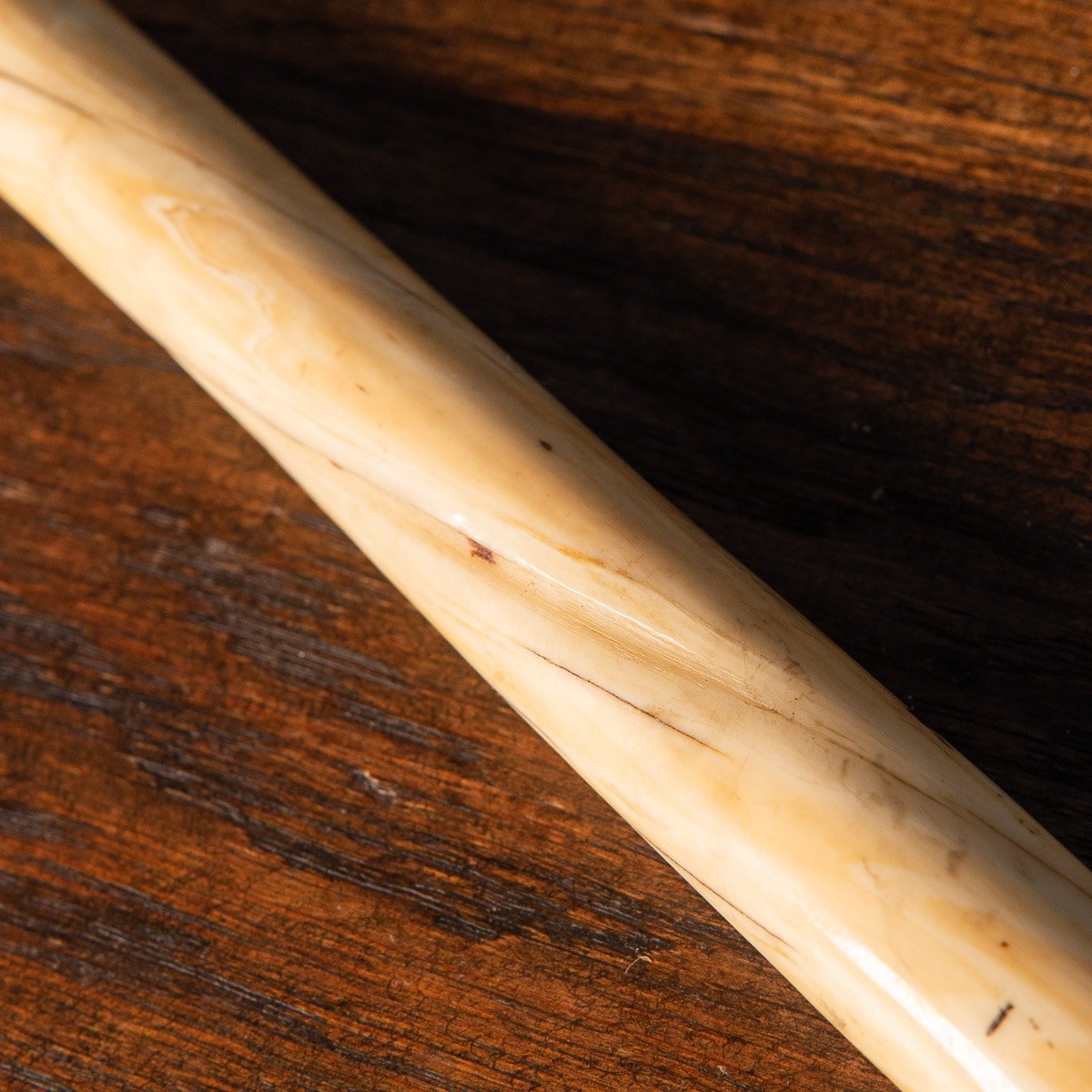 Image 10 of 41
Image 10 of 41

 Image 11 of 41
Image 11 of 41

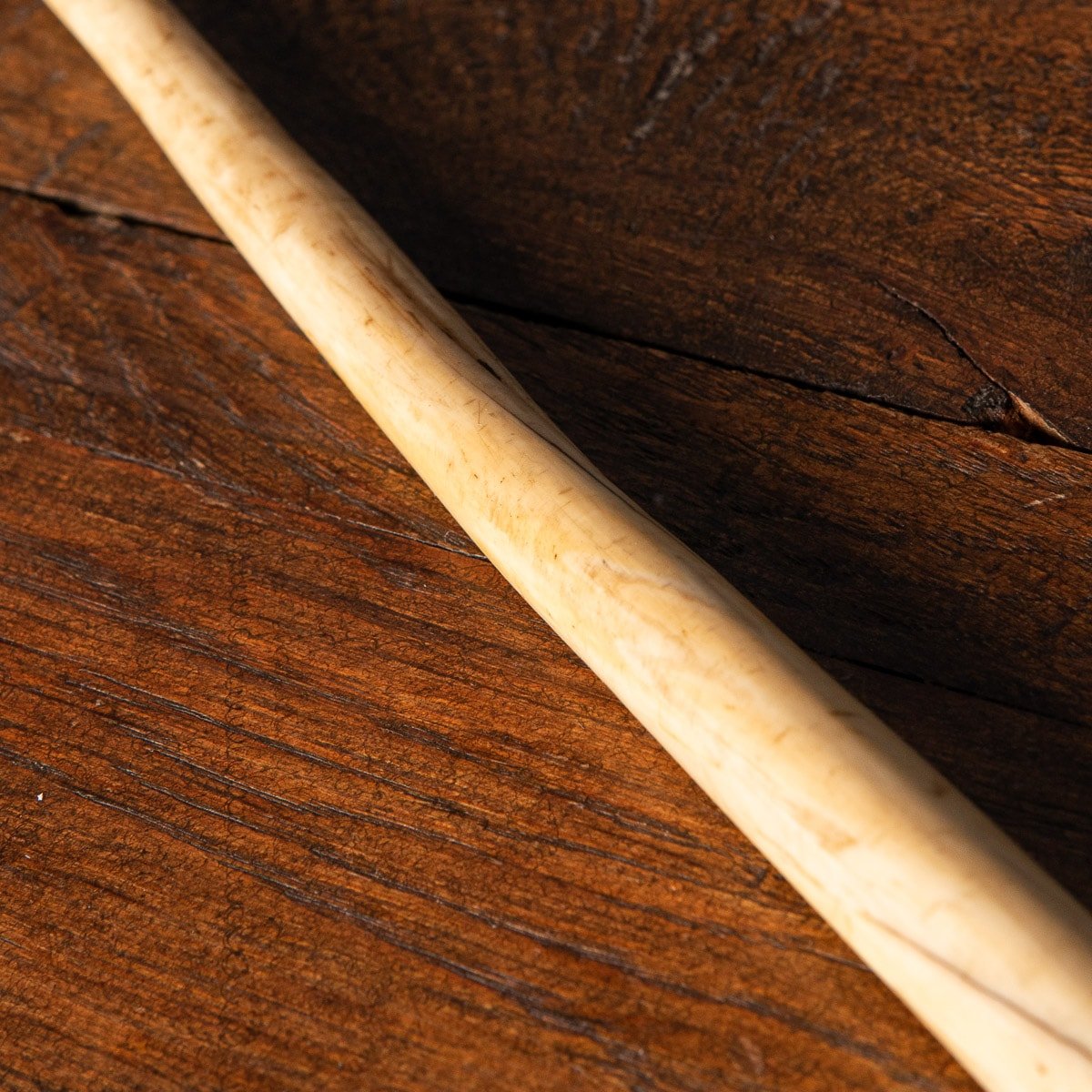 Image 12 of 41
Image 12 of 41

 Image 13 of 41
Image 13 of 41

 Image 14 of 41
Image 14 of 41

 Image 15 of 41
Image 15 of 41

 Image 16 of 41
Image 16 of 41

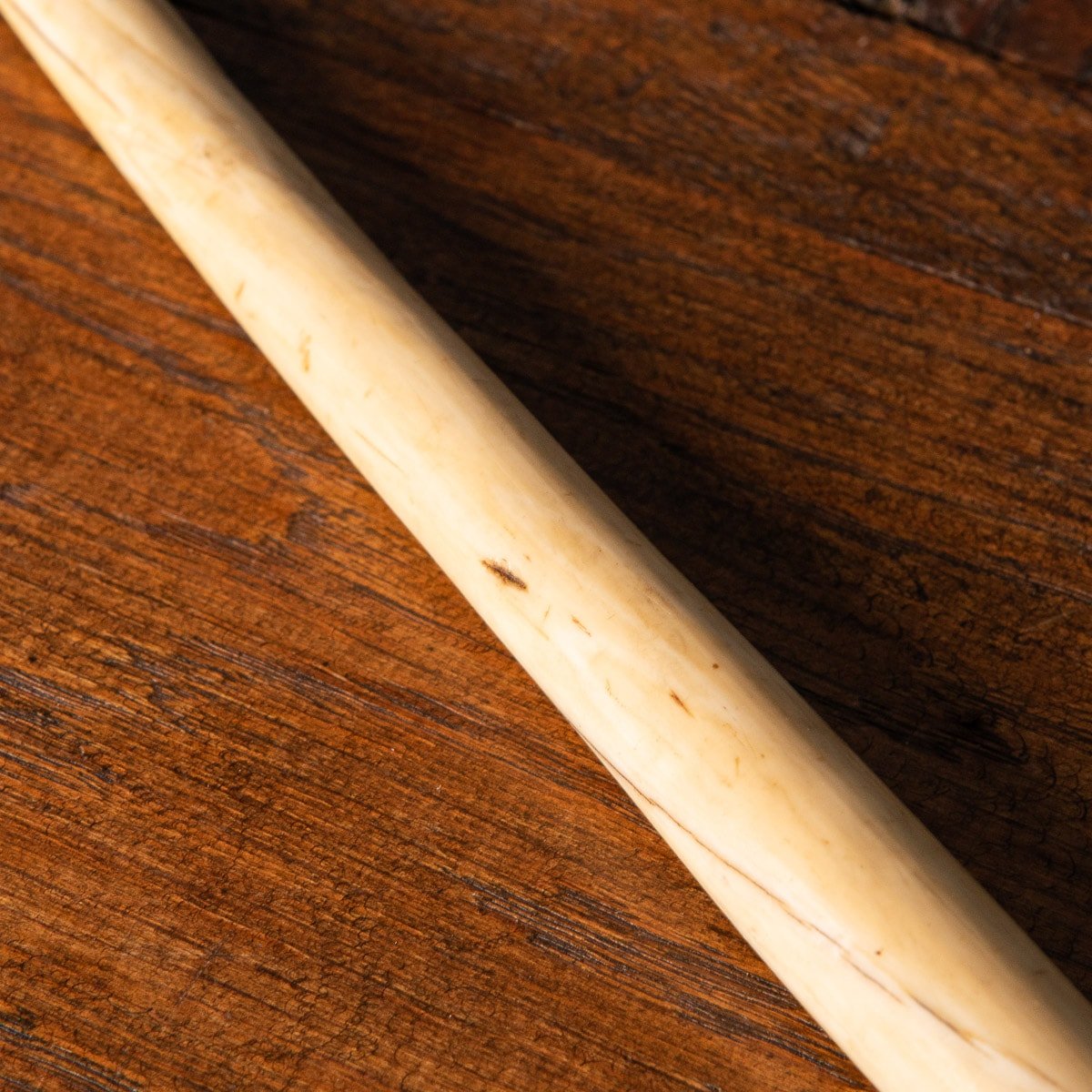 Image 17 of 41
Image 17 of 41

 Image 18 of 41
Image 18 of 41

 Image 19 of 41
Image 19 of 41

 Image 20 of 41
Image 20 of 41

 Image 21 of 41
Image 21 of 41

 Image 22 of 41
Image 22 of 41

 Image 23 of 41
Image 23 of 41

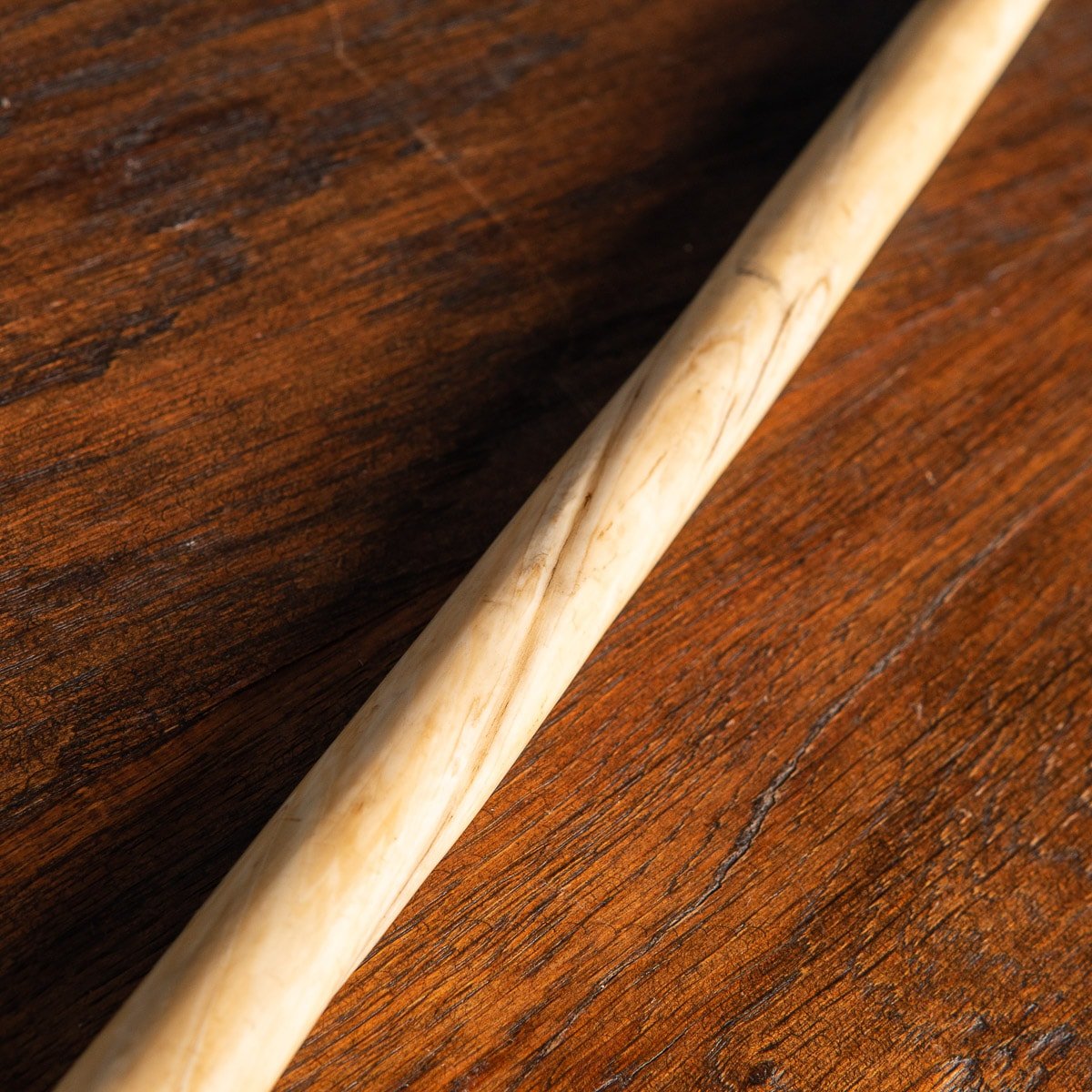 Image 24 of 41
Image 24 of 41

 Image 25 of 41
Image 25 of 41

 Image 26 of 41
Image 26 of 41

 Image 27 of 41
Image 27 of 41

 Image 28 of 41
Image 28 of 41

 Image 29 of 41
Image 29 of 41

 Image 30 of 41
Image 30 of 41

 Image 31 of 41
Image 31 of 41

 Image 32 of 41
Image 32 of 41

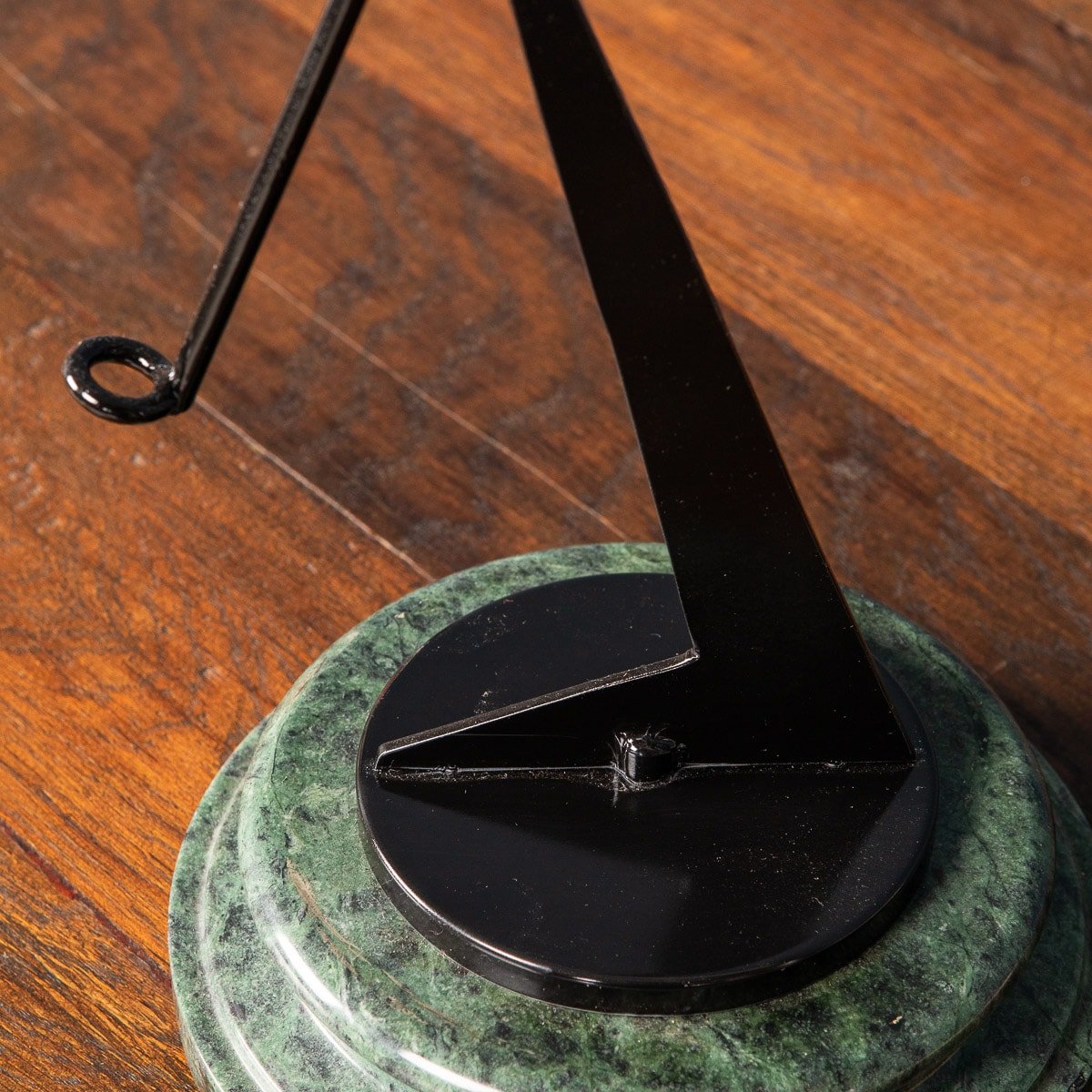 Image 33 of 41
Image 33 of 41

 Image 34 of 41
Image 34 of 41

 Image 35 of 41
Image 35 of 41

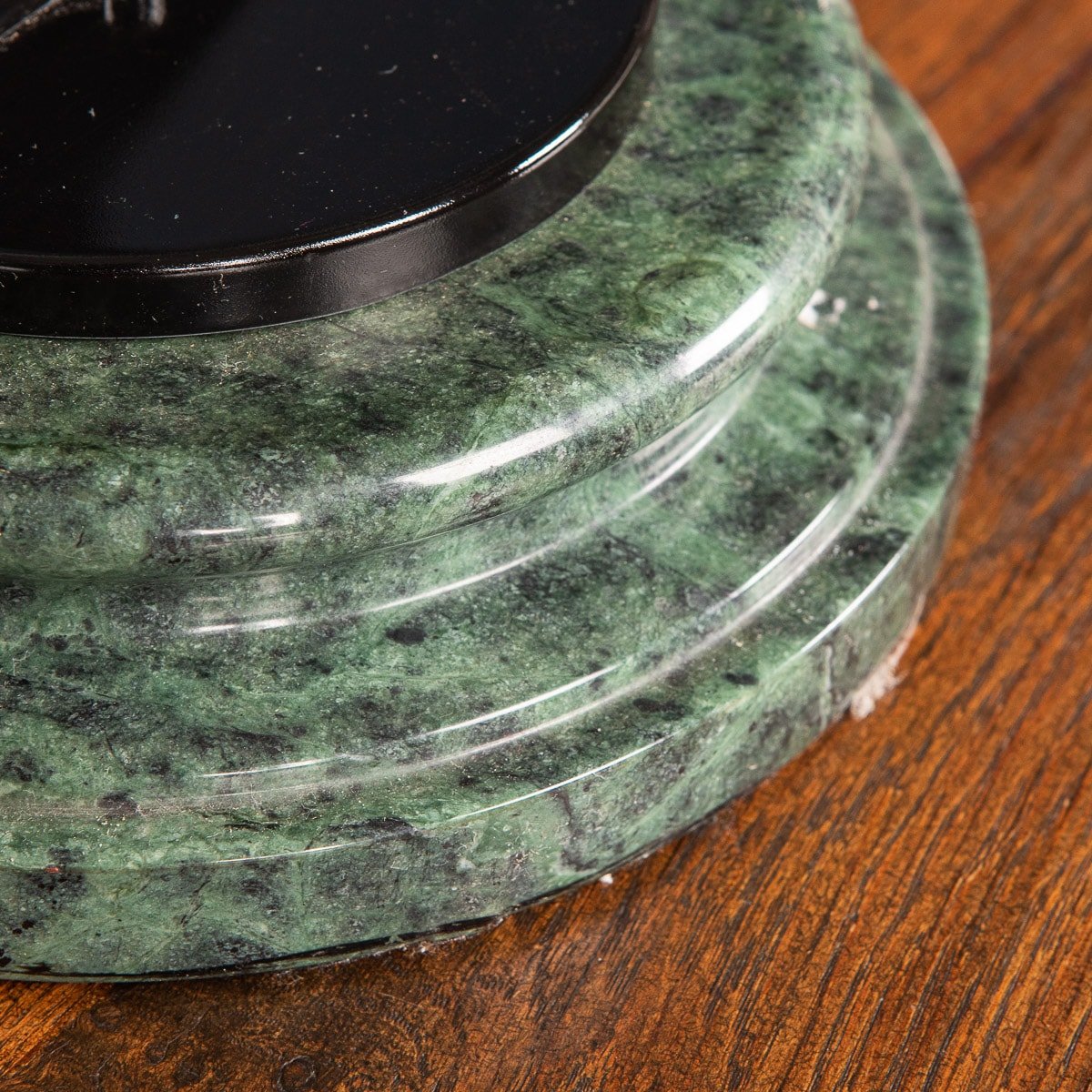 Image 36 of 41
Image 36 of 41

 Image 37 of 41
Image 37 of 41

 Image 38 of 41
Image 38 of 41

 Image 39 of 41
Image 39 of 41

 Image 40 of 41
Image 40 of 41

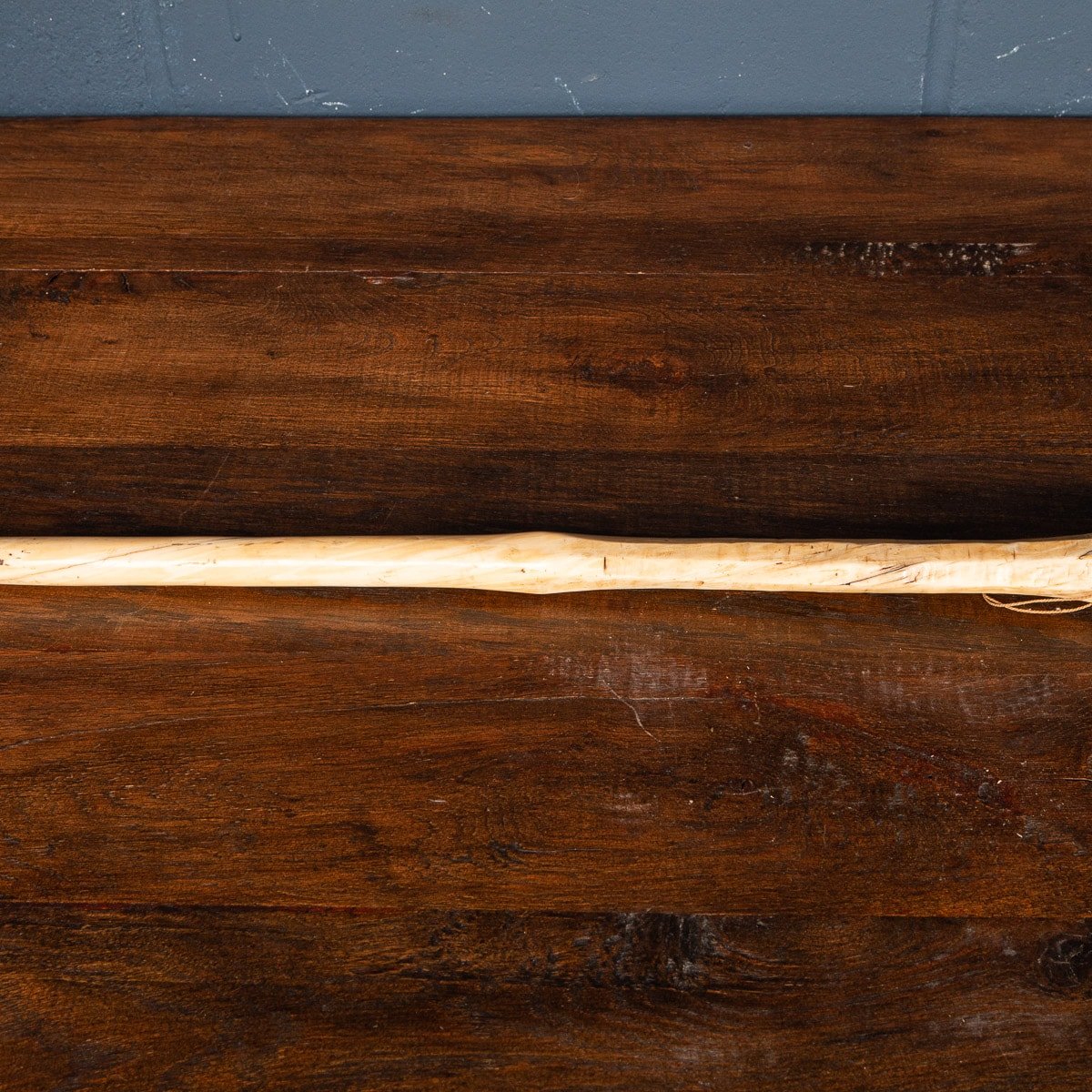 Image 41 of 41
Image 41 of 41










































ANTIQUE 19thC INUIT NARWHAL HARPOON, BAFFIN ISLAND / HUDSON BAY, ARTIC CANADA
An extremely rare Inuit harpoon made out of a narwhal tusk, originating from Arctic Canada and dating from the 19th century. It is difficult to date the harpoon exactly as the design and use was the same over centuries but it is most certainly 19th century and quite possibly 18th century. Inuits used such harpoons made out of marine ivory to hunt narwhales and walrus.
Reference Number: B8781
An extremely rare Inuit harpoon made out of a narwhal tusk, originating from Arctic Canada and dating from the 19th century. It is difficult to date the harpoon exactly as the design and use was the same over centuries but it is most certainly 19th century and quite possibly 18th century. Inuits used such harpoons made out of marine ivory to hunt narwhales and walrus.
Reference Number: B8781
An extremely rare Inuit harpoon made out of a narwhal tusk, originating from Arctic Canada and dating from the 19th century. It is difficult to date the harpoon exactly as the design and use was the same over centuries but it is most certainly 19th century and quite possibly 18th century. Inuits used such harpoons made out of marine ivory to hunt narwhales and walrus.
Reference Number: B8781
DESCRIPTION
An extremely rare Inuit harpoon made out of a narwhal tusk, originating from Arctic Canada and dating from the 19th century. It is difficult to date the harpoon exactly as the design and use was the same over centuries but it is most certainly 19th century and quite possibly 18th century. Inuits used such harpoons made out of marine ivory to hunt narwhales and walrus.
Bowhead whales were too large for one hunter to take alone. In parts of the eastern arctic several men and kayaks hunted them in a group. In north-west Alaska, Asia and Greenland, cruise of men using open boats called ‘Umiaks‘ hunted bowheads. A standard crew consisted of eight men, including six paddlers, one harpooner and one helmsman all of whom concentrated on the specialised task, as opposed to the kayak hunter who had to propel and steer his craft and handle the harpoon and Lance all by himself.
A third form of hunting was used in the Pacific Inuit area where several different species of whale were to be found. The single kayak hunter attempted to place a light poison tipped Lance into a whale and then immediately returned home and began a series of ritual procedures designed to kill the whale by magic, while other hunters in kayaks monitored the movements of the whale. As it swam about the lungs worked itself progressively further into his body and the poison began to spread. If the Lance had been properly placed the whale eventually died. However, whales often expired far from where they had been struck and those harpooned by hunters from one village were frequently recovered by those from another, but since the same hunting technique was employed all over the region there was a supply of dead whales floating over an extensive area, ultimately yielding something for everyone.
The Inuit people went to great lengths to please the spirit of the major game animals they depended on for their subsistence and survival, and this unusual harpoon may have been made and used to hunt narwhal in the belief that its familiar task would charm and appease the narwhal’s spirit.
We offer complimentary shipping to all our customers in Great Britain.
We are unable to provide a fixed shipping cost for this item to all other countries.
All international customers must request a shipping quote before purchasing as shipping costs can vary greatly depending on the destination country.
Please note that our interior pieces are located at our Interior Design Showroom in Buckinghamshire, if you wish to see the item in person, please contact us to arrange an appointment.
CONDITION
In Great Condition - Superb original condition, good honey coloured patina, on a later stand. Please refer to photographs.
SIZE
Height on stand: 112cm
Narwhal lengh: 106cm
Narwhal Depth: 3.5cm
Narwhal Width: 3cm
Diameter of the base: 20cm
